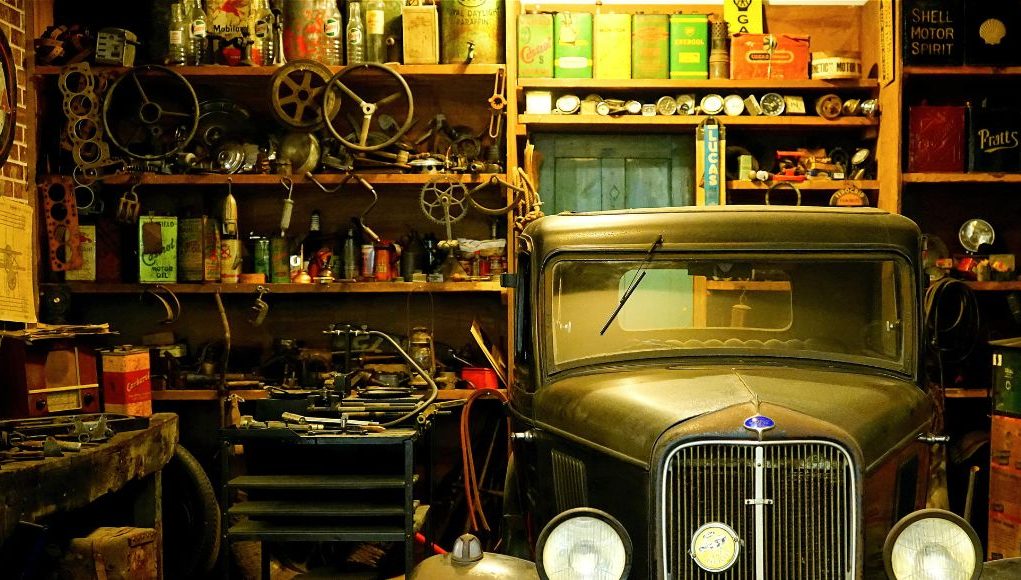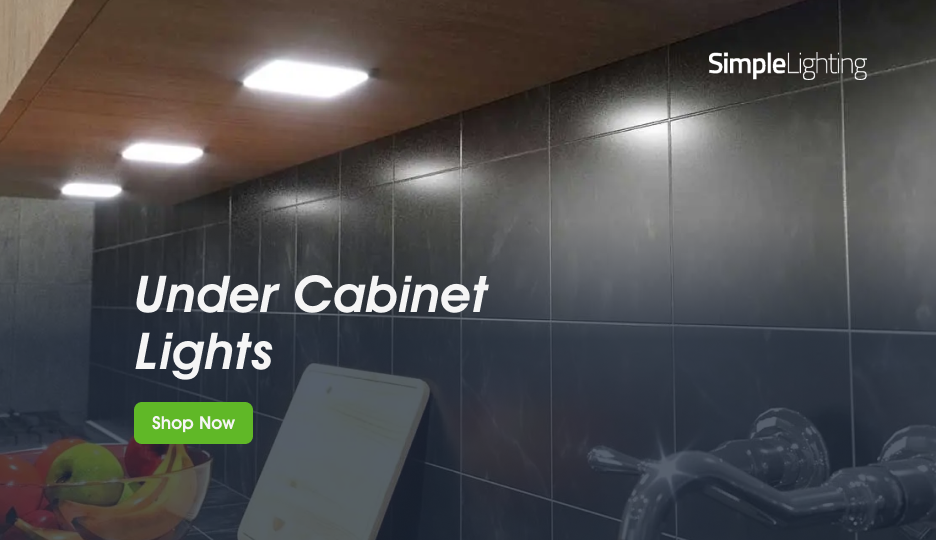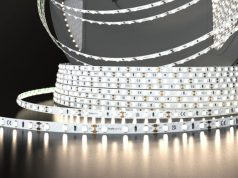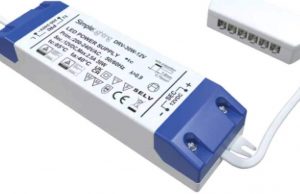So you’re finally fixing that wobbly chair leg, or you’re finally working on that “I’ll get around to it” DIY project you’ve been putting on hold for too long now.
Hey, good for you! But when you’re tinkering in your workshop, good lighting is not a luxury.
It’s a secret weapon.
If your idea of “working on it” is squinting under the flickering glow of the old fluorescent tube that’s been there since the 90s, we’re judging you a little bit.
Why put yourself through all that trouble when you can install task lighting to transform your workshop?
Join us in this post as we flip the switch on to the productive world of task lighting and answer the questions:
Why is it a game-changer? What are the best types to consider? And what are the creative options you can implement now?
Let’s jump in.
Why Task Lighting is Essential in the Garage
Have you ever tinkered with something in your garage and somehow one of the screws just magically disappeared?
Well, we’ll not jump ahead and say it’s your forgetfulness, but maybe it has something to do with your poor lighting?
You see, most garages and sheds are designed without lighting in mind. Many will have a single bulb dangling from a cable on the ceiling, throwing more shadow than actual light.
That would work if you’re only grabbing the lawnmower or the watering can.
But if you’re going to work on detail-oriented tasks like soldering, measuring, or tinkering with small mechanical parts, it’s not nearly enough.
Enter: task lighting. Bringing the light directly to where you need it most: the work surface. Here’s why it matters…
Improving Precision for DIY and Repairs
Have you ever tried soldering or matching screw threads under poor lighting? Challenging right?
Task lighting ensures every detail is crystal clear. A bright, focused beam helps you measure, cut, drill, or glue with the confidence of a pro (the outcome, we won’t guarantee).
LED lights are your best friend when it comes to task lighting. They produce consistent brightness without flicker, meaning you can see what you’re doing without second-guessing.
With good lighting, it doesn’t matter what you’re working on. You’ll be able to work more accurately and waste less time fixing mistakes.
Reducing Eye Strain and Increasing Safety
Dim lighting is great for relaxing. Not so much if you’re sawing a chair leg. When your eyes are straining to focus, you’re more likely to misjudge distances, cut inaccurately, or even injure yourself.
Imagine going to A&E because you accidentally sawed your thumb because you couldn’t see where the saw blade was going.
Good task lighting provides bright and clear visibility, eliminating the negative effects of dim lighting in high-activity zones. This means a safer environment overall.
Choosing the Right Brightness and Beam Angle
So, how bright is bright enough? For most garage or workshop tasks, you’ll want lighting in the range of 5,000 – 8,000 lumens total.
You’re aiming for lighting that’s bright enough to illuminate tools and surfaces without blinding you.
Beam angle is another key factor. Did you know that narrow and wide beams have different uses and effects?
A narrow beam (30–60 degrees) concentrates light into a smaller area, which works well for spotlighting specific zones.
A wider beam (90–120 degrees) creates softer light and spreads it across the whole bench.
Combine the two for a well-functioning bench: use wide-angle lighting for general visibility and narrow beams for detailed tasks.
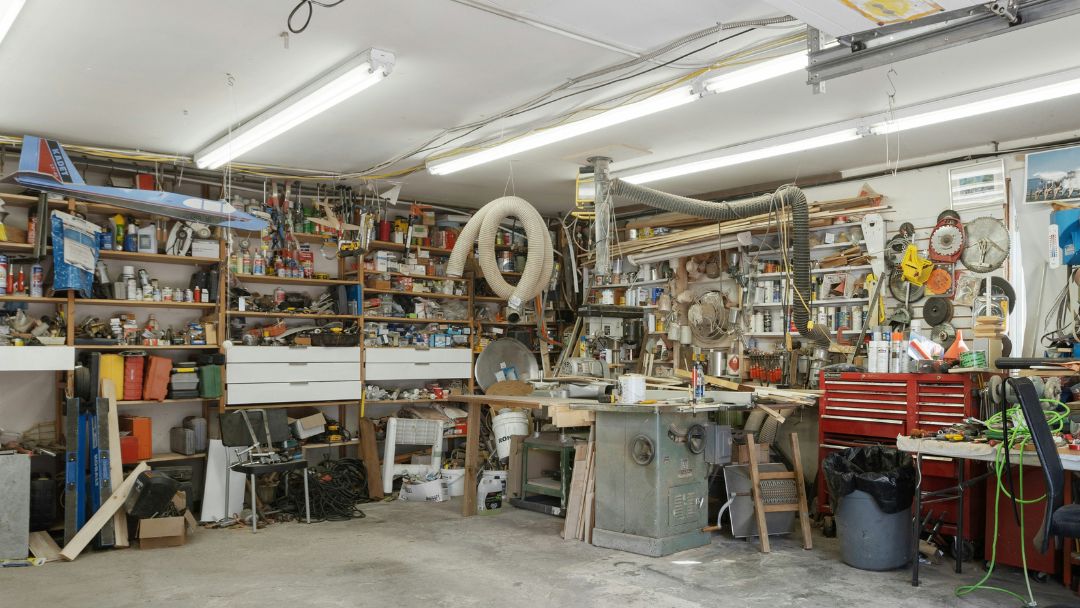
Best Task Lighting Solutions for Workbenches and Tool Areas
Task lighting isn’t one-size-fits-all. Different lighting problems need different lighting solutions.
Sometimes, it may be a portable light that you can move around with ease; other times, you need a more permanent lighting setup.
Let’s break down the best options for both worlds.
Adjustable LED Work Lights and Desk Lamps
Movable task lights. Yes, that’s what these are. Nothing is more versatile than a light that you can move around as needed.
Adjustable LED work lights and desk lamps give you the flexibility to position light exactly where you need it.
Maybe today you decided to work in the middle of the garage. Then tomorrow you think to yourself that you want to work on the bench.
These lights will give you that freedom. They’re both especially brilliant (literally and figuratively) for temporary setups.
Here are the features you want to be looking for:
Swivel heads and adjustable arms – So you can angle the light without balancing it precariously on a paint tin or toolbox.
Clamp bases or magnetic mounts – You don’t want your lamps to move around or worse, fall and break, when you’re working, do you? The clamp and/or magnetic mount keep the lamp steady, especially on uneven surfaces.
Dimmable settings – Yes, we talked about dim lights being a poor choice for garage lighting. And we stand with that.
In this context, though, the use of the dimming function is to switch between detailed tasks and general illumination.
Definitely not relaxation.
You can explore Simple Lighting’s extensive range of portable LED lights, which are ideal for garage use.
Some are even stylish enough to sneak into the home office when needed.
Under-Cabinet and Overhead Task Lighting
These are the more permanent lighting, perfect if you have a dedicated workbench. Permanent lighting solutions will make your life infinitely easier.
The portable lighting was also great, but that would mean taking the time to install them whenever you have to move your workstation.
With under-cabinet and overhead LEDs, you can ensure that you always have bright, shadow-free light, no matter the time of day.
- Under-cabinet strips: These are slim, discreet, and perfect for mounting under shelving units. They provide a smooth spread of light across the bench without taking up space.
- Overhead LED battens: A modern alternative (or should we say “replacement”?) to bulky fluorescent tubes, LED battens provide powerful, even lighting with a longer lifespan and lower energy bills. And that’s by a lot.
- Spotlights or track lighting: Permanent installation, though the light is adjustable. Great for directing light to specific zones on your bench. They also add a touch of style to the rugged “organised mess” space that is your garage.
Once installed, these lights are always there—no fiddling around with plugs or extension leads.
If you plan to work on all your tinkering on your workbench and nowhere else, investing in a high-performance permanent lighting setup is well worth it.
Quick Tips for Installing Garage Task Lighting
Think layers: Combine ambient lighting (for overall brightness) with task lighting (for detail) and even accent lighting if you’re someone who wants a fancy garage.
Plan your wiring: If you’re installing permanent fixtures, make sure outlets or wiring are within easy reach. Extension leads are fine short-term, but they’re not a long-term solution.
Mind the colour temperature: You’re installing task lights, so aim for a neutral white (4000–5000K) for work areas. It’s bright, crisp, and helps with visibility without the harshness.
Test placement: Before drilling holes or sticking adhesive strips, test where shadows fall. Position lights to eliminate them rather than create more.
Yes, you can always test drive your lights. If it’s not something you do, you’d better start doing it from now on. Saves you a lot of stress and headaches.
Conclusion
Task lighting is an essential part of any garage or tool area. With task lighting, you can improve precision, reduce eye strain, and make your space safer and more enjoyable to use.
So whether you’re more of a portable lamp person or a permanent lighting individual, the key is to choose lighting that suits your projects and your workspace.
You can check out Simple Lighting’s wide range of LED lights (both portable and permanent) to start upgrading your workspaces today!
Click on How to Choose the Best Lighting for Your Garage for more garage lighting insights.


